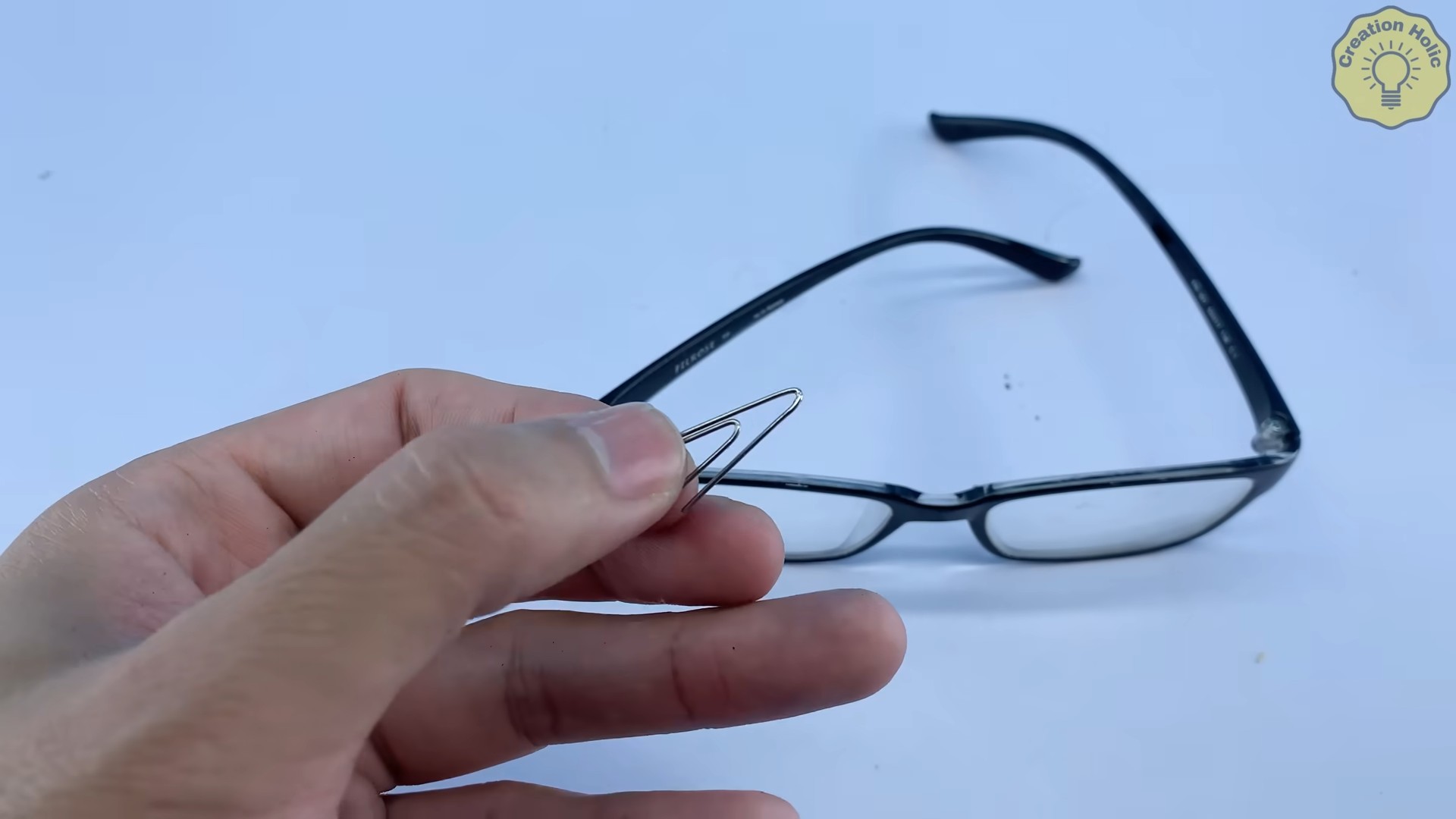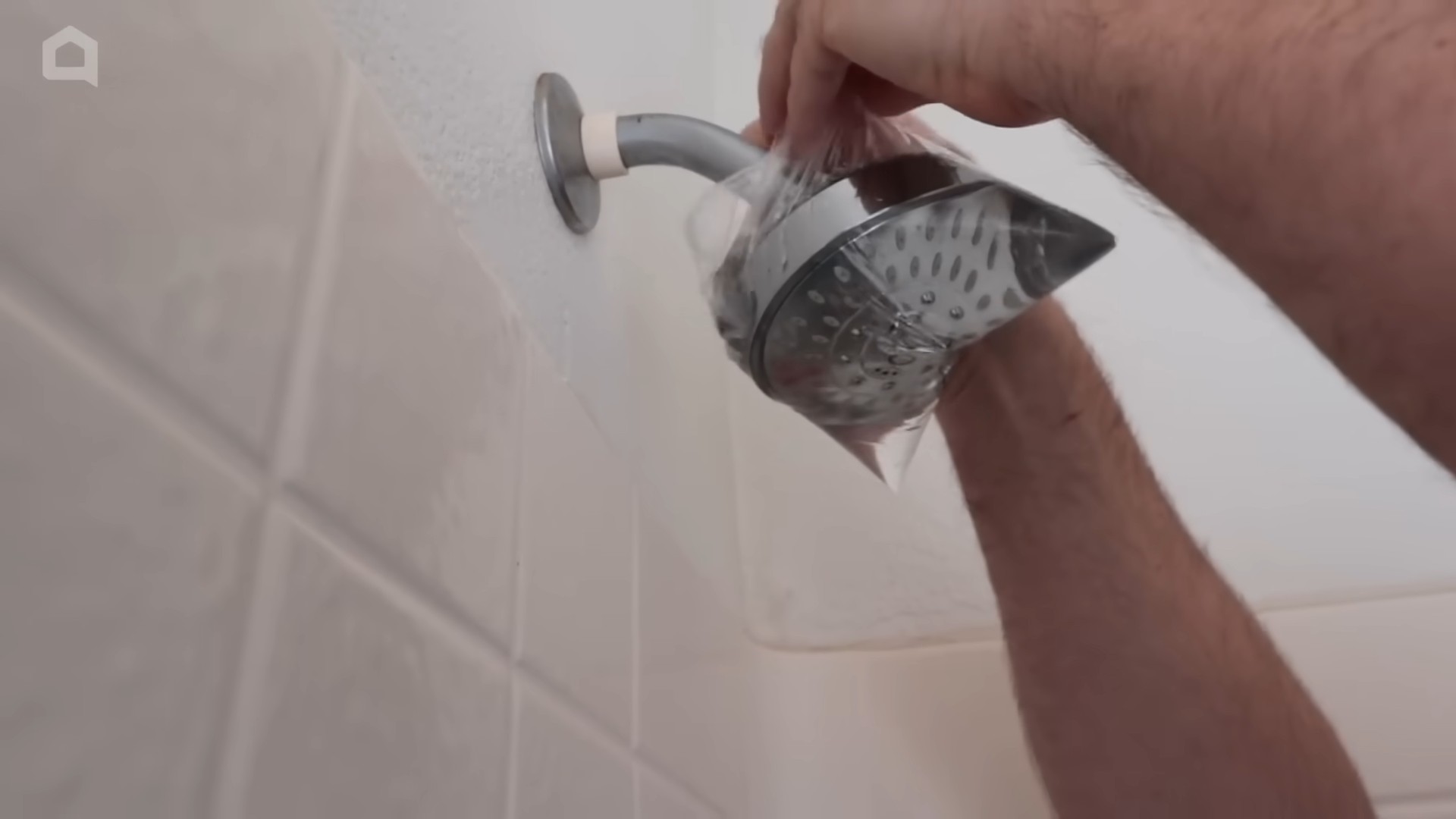Stress Free Home Repair Tips – sound like a dream, right? Let’s be honest, the words “home repair” often conjure up images of overflowing toolboxes, frustrating instructions, and a whole lot of unexpected expenses. But what if I told you that tackling those little fixes around your house could actually be…dare I say…enjoyable?
For centuries, people have relied on their own ingenuity to maintain and improve their living spaces. From ancient civilizations using rudimentary tools to build shelters to the “make do and mend” ethos of past generations, the spirit of DIY home repair is deeply ingrained in our history. It’s about self-reliance, resourcefulness, and taking pride in your surroundings.
In today’s fast-paced world, it’s easy to call a professional for every little thing. But learning some basic stress free home repair tips can save you time, money, and a whole lot of anxiety. Imagine fixing that leaky faucet yourself instead of waiting days for a plumber! Or finally hanging that picture you’ve been meaning to put up for months. This article is your guide to demystifying common home repairs, providing you with simple, effective techniques and hacks that will empower you to take control of your home and your budget. Let’s ditch the stress and embrace the satisfaction of a job well done!

Stress-Free Home Repair: A DIY Guide for the Everyday Homeowner
Okay, let’s face it: home repairs can be a major source of stress. But they don’t have to be! With a little planning, the right tools, and a dash of confidence, you can tackle many common home repairs yourself and save a ton of money (and headaches) in the process. I’m going to walk you through some of my favorite stress-reducing strategies and a couple of easy DIY projects to get you started.
General Tips for a Less Stressful Repair Experience
Before we dive into specific projects, let’s cover some ground rules for keeping your sanity intact during any home repair:
* Plan, Plan, Plan: Don’t just jump in! Take the time to thoroughly assess the problem. What’s causing it? What materials will you need? What are the potential pitfalls? A little research upfront can save you hours of frustration later.
* Gather Your Supplies: Nothing is more annoying than starting a project and realizing you’re missing a crucial tool or part. Make a detailed list and double-check that you have everything before you even think about picking up a hammer.
* Safety First: This is non-negotiable. Wear appropriate safety gear, like gloves, eye protection, and a dust mask. If you’re working with electricity, turn off the power at the breaker box. If you’re unsure about something, don’t risk it – call a professional.
* Don’t Be Afraid to Ask for Help: There’s no shame in admitting you’re stuck. Consult online resources, watch YouTube tutorials, or ask a friend or family member with experience for advice.
* Take Breaks: If you’re feeling overwhelmed, step away from the project for a few minutes (or even a few hours). A fresh perspective can often help you overcome a roadblock.
* Embrace Imperfection: Let’s be real, your DIY repair might not be perfect. And that’s okay! As long as it’s functional and safe, don’t sweat the small stuff.
* Clean Up As You Go: A messy workspace is a stressful workspace. Take a few minutes to tidy up periodically to keep things organized and prevent accidents.
* Know Your Limits: Some repairs are best left to the professionals. If you’re dealing with electrical wiring, plumbing, or structural issues, it’s always best to call in an expert.
Project 1: Fixing a Running Toilet
A running toilet is not only annoying but also wastes water and increases your water bill. Luckily, it’s often a simple fix that you can do yourself.
Understanding the Toilet Mechanism
Before you start, it’s helpful to understand the basic components of a toilet tank:
* The Flapper: This rubber or silicone valve seals the flush valve opening at the bottom of the tank. When you flush, the flapper lifts, allowing water to flow into the bowl.
* The Fill Valve: This valve refills the tank after a flush. It’s usually controlled by a float that rises with the water level.
* The Float: This ball or cylinder rises and falls with the water level in the tank. When the water reaches a certain level, the float shuts off the fill valve.
* The Overflow Tube: This tube prevents the tank from overflowing if the fill valve malfunctions.
Tools You’ll Need
* Gloves
* Sponge or towel
* New flapper (if needed)
* Adjustable wrench (optional)
Step-by-Step Instructions
1. Turn Off the Water Supply: Locate the shut-off valve behind the toilet (usually near the floor) and turn it clockwise to shut off the water supply.
2. Remove the Tank Lid: Carefully lift the tank lid and set it aside in a safe place.
3. Flush the Toilet: Flush the toilet to drain as much water as possible from the tank.
4. Inspect the Flapper: Examine the flapper for signs of wear and tear, such as cracks, brittleness, or mineral buildup. If the flapper looks damaged, replace it. You can find replacement flappers at most hardware stores.
5. Replace the Flapper (if necessary): Disconnect the old flapper from the chain and the flush valve pegs. Attach the new flapper to the chain and the flush valve pegs. Make sure the flapper sits snugly over the flush valve opening.
6. Adjust the Chain: The chain connecting the flapper to the flush handle should have a little slack, but not too much. If the chain is too long, the flapper may not seal properly. If the chain is too short, the flapper may not lift fully. Adjust the chain length by moving the clip on the flush handle arm.
7. Check the Fill Valve: Inspect the fill valve for any signs of damage or mineral buildup. If the fill valve is malfunctioning, you may need to replace it.
8. Adjust the Float: The float controls the water level in the tank. If the water level is too high, the water may overflow into the overflow tube. If the water level is too low, the toilet may not flush properly. Adjust the float by bending the float arm (if it’s metal) or by turning the adjustment screw (if it’s plastic).
9. Turn On the Water Supply: Slowly turn the shut-off valve counterclockwise to turn on the water supply.
10. Observe the Toilet: Watch the toilet as the tank fills. Make sure the flapper seals properly and the fill valve shuts off when the water reaches the correct level.
11. Flush the Toilet: Flush the toilet several times to make sure it’s working properly.
12. Replace the Tank Lid: Carefully replace the tank lid.
Project 2: Patching a Small Hole in Drywall
Accidentally put a hole in your drywall? Don’t panic! Patching a small hole is a relatively easy DIY project.
Tools You’ll Need
* Utility knife
* Drywall patch (self-adhesive or metal mesh)
* Joint compound (also known as drywall mud)
* Putty knife (4-inch or 6-inch)
* Sanding sponge or sandpaper (120-grit)
* Primer
* Paint
Step-by-Step Instructions
1. Prepare the Area: Use a utility knife to carefully remove any loose or crumbling drywall around the hole. This will create a clean surface for the patch to adhere to.
2. Apply the Drywall Patch: If you’re using a self-adhesive patch, simply peel off the backing and stick it over the hole. If you’re using a metal mesh patch, center it over the hole and secure it with drywall screws or nails.
3. Apply the First Coat of Joint Compound: Use a putty knife to apply a thin, even coat of joint compound over the patch, extending a few inches beyond the edges. Feather the edges of the compound to blend it smoothly with the surrounding wall.
4. Let It Dry: Allow the joint compound to dry completely, which usually takes several hours or overnight.
5. Sand the Surface: Once the joint compound is dry, use a sanding sponge or sandpaper to smooth out any imperfections. Be careful not to sand too hard, as you could damage the surrounding wall.
6. Apply a Second Coat of Joint Compound: Apply a second thin coat of joint compound over the patched area, again feathering the edges.
7. Let It Dry: Allow the second coat of joint compound to dry completely.
8. Sand Again: Sand the surface again to create a smooth, even finish.
9. Prime the Area: Apply a coat of primer to the patched area. This will help the paint adhere properly and prevent the patch from showing through.
10. Paint the Area: Once the primer is dry, paint the patched area with the same color paint as the surrounding wall. You may need to apply two coats of paint for complete coverage.
Bonus Tip: Preventing Future Stress
One of the best ways to reduce stress related to home repairs is to be proactive. Regular maintenance can prevent many problems from occurring in the first place. Here are a few simple things you can do:
* Inspect your home regularly: Look for signs of leaks, cracks, or other damage.
* Clean your gutters: Clogged gutters can cause water damage to your roof and siding.
* Change your air filters: Dirty air filters can reduce the efficiency of your HVAC system and cause it to break down.
* Caulk around windows and doors: This will prevent drafts and water damage.
* Tighten loose screws and bolts: This can prevent furniture and fixtures from becoming wobbly or unstable.
By following these tips, you can create a more stress-free home repair experience and keep your home in good condition for years to come. Remember, it

Conclusion
So, there you have it! These stress-free home repair tips are more than just a collection of hacks; they’re a pathway to reclaiming your weekends and saving a significant amount of money. We’ve covered everything from simple drywall fixes to unclogging drains without harsh chemicals, all designed to empower you to tackle those nagging home maintenance issues with confidence.
Why is this a must-try? Because it’s about more than just fixing a leaky faucet or patching a hole in the wall. It’s about taking control of your living space, fostering a sense of accomplishment, and understanding the inner workings of your home. It’s about building resilience and resourcefulness, skills that will serve you well throughout your life. And let’s be honest, who doesn’t love the satisfaction of saying, “I fixed that myself!”
But the real beauty of these **stress-free home repair tips** lies in their adaptability. Feel free to experiment and personalize them to suit your specific needs and preferences. For example, if you’re dealing with a particularly stubborn drain clog, try adding a cup of baking soda to the vinegar solution and letting it sit overnight before flushing with hot water. Or, if you’re patching a larger hole in drywall, consider using a self-adhesive drywall patch for added stability.
Don’t be afraid to get creative! Maybe you want to add a touch of color to your spackle before patching a wall, creating a subtle textured effect. Or perhaps you want to use essential oils in your homemade cleaning solutions for a more pleasant aroma. The possibilities are endless!
We encourage you to embrace the DIY spirit and give these tips a try. Start with a small, manageable project and gradually work your way up to more complex repairs. Remember, there’s no shame in making mistakes – it’s all part of the learning process. The important thing is to be patient, persistent, and willing to learn from your experiences.
And most importantly, we want to hear about your experiences! Share your successes, your challenges, and your creative variations in the comments section below. Let’s build a community of DIY enthusiasts who are passionate about making their homes more comfortable, functional, and beautiful. Your insights could inspire others to take the plunge and discover the joys of home repair. So, grab your toolbox, roll up your sleeves, and get ready to transform your home – one stress-free repair at a time! We are confident that by using these tips, you will find that home repair is not as daunting as it seems. It can be a rewarding and empowering experience.
Now, let’s move on to some frequently asked questions to address any lingering concerns you might have.
Frequently Asked Questions
Q: I’m a complete beginner. Are these tips really for me?
A: Absolutely! These tips are designed with beginners in mind. We’ve focused on simple, straightforward techniques that require minimal experience and readily available tools. Start with the easiest projects, like tightening loose screws or replacing a lightbulb, and gradually build your confidence. There are also tons of online resources, including videos and tutorials, that can provide additional guidance. Don’t be afraid to ask for help from friends, family, or online communities if you get stuck. The key is to start small and be patient with yourself. Remember, everyone starts somewhere!
Q: What are the essential tools I need to get started?
A: A basic toolkit should include a screwdriver set (both Phillips head and flathead), a hammer, a measuring tape, a utility knife, pliers, an adjustable wrench, and a level. You might also want to invest in a stud finder, a caulk gun, and a putty knife. As you tackle more complex projects, you can gradually expand your tool collection. However, for most of the tips outlined in this article, a basic toolkit will suffice. Consider purchasing a pre-assembled toolkit to save time and money.
Q: How can I avoid making mistakes during home repairs?
A: Preparation is key! Before starting any project, take the time to thoroughly research the steps involved and gather all the necessary materials and tools. Read instructions carefully and watch videos if needed. Don’t rush the process – take your time and pay attention to detail. If you’re unsure about something, don’t hesitate to ask for help or consult online resources. And most importantly, always prioritize safety. Wear appropriate safety gear, such as gloves and eye protection, and be mindful of potential hazards.
Q: What if I make a mistake that I can’t fix myself?
A: It happens to the best of us! Don’t panic. If you’ve made a mistake that you can’t fix yourself, it’s best to call in a professional. Trying to force a solution could potentially make the problem worse and more expensive to repair. Be honest with the professional about what you’ve already tried, as this will help them diagnose the problem more quickly and efficiently. Consider it a learning experience and try to understand what went wrong so you can avoid making the same mistake in the future.
Q: Are there any safety precautions I should be aware of?
A: Absolutely! Safety should always be your top priority. Always turn off the power to any electrical circuits before working on electrical repairs. Wear appropriate safety gear, such as gloves, eye protection, and a dust mask, when necessary. Be careful when using sharp tools and power tools. Keep your work area clean and organized to prevent accidents. And never attempt repairs that are beyond your skill level or comfort zone. If you’re unsure about something, it’s always best to err on the side of caution and call in a professional.
Q: How can I find reliable information and resources for home repair?
A: There are many excellent resources available online and in print. Websites like This Old House, Family Handyman, and DIY Network offer a wealth of information and tutorials. You can also find helpful videos on YouTube. Local hardware stores often offer workshops and classes on basic home repair techniques. And don’t forget about your local library, which likely has a collection of books and magazines on home improvement. When searching for information online, be sure to check the credibility of the source and look for reputable websites and experts.
Q: How do I know when a repair is beyond my capabilities and I should call a professional?
A: This is a crucial question. If the repair involves complex electrical work, plumbing, or structural issues, it’s always best to call a professional. Also, if you’re uncomfortable or unsure about any aspect of the repair, don’t hesitate to seek professional help. It’s better to be safe than sorry. Consider the potential consequences of a failed repair. If a mistake could lead to serious damage or injury, it’s definitely time to call in the experts. Trust your instincts and don’t be afraid to admit when you’re out of your depth.
Q: Can I really save money by doing my own home repairs?
A: Absolutely! One of the biggest benefits of DIY home repair is the potential for significant cost savings. By tackling simple repairs yourself, you can avoid the expense of hiring a professional contractor. Labor costs can often account for a significant portion of the total cost of a repair, so doing it yourself can save you a considerable amount of money. Plus, you’ll gain valuable skills and knowledge that will enable you to handle future repairs with confidence. Over time, the savings can really add up!
Q: What are some eco-friendly alternatives for common home repair products?
A: Many traditional home repair products contain harsh chemicals that can be harmful to the environment and your health. Fortunately, there are many eco-friendly alternatives available. For example, you can use natural cleaning solutions made from vinegar, baking soda, and lemon juice. You can also find paints and sealants that are low in VOCs (volatile organic compounds). When purchasing new materials, look for products that are made from recycled materials or sustainably sourced wood. By making conscious choices, you can minimize your environmental impact and create a healthier home.
Q: How can I maintain my home to prevent future repairs?
A: Preventative maintenance is key to avoiding costly repairs down the road. Regularly inspect your home for signs of damage, such as leaks, cracks, or loose fixtures. Address small problems promptly before they escalate into larger, more expensive issues. Clean your gutters regularly to prevent water damage. Inspect your plumbing for leaks and drips. Check your electrical wiring for frayed or damaged wires. By taking proactive steps to maintain your home, you can extend its lifespan and avoid costly repairs.




Leave a Comment